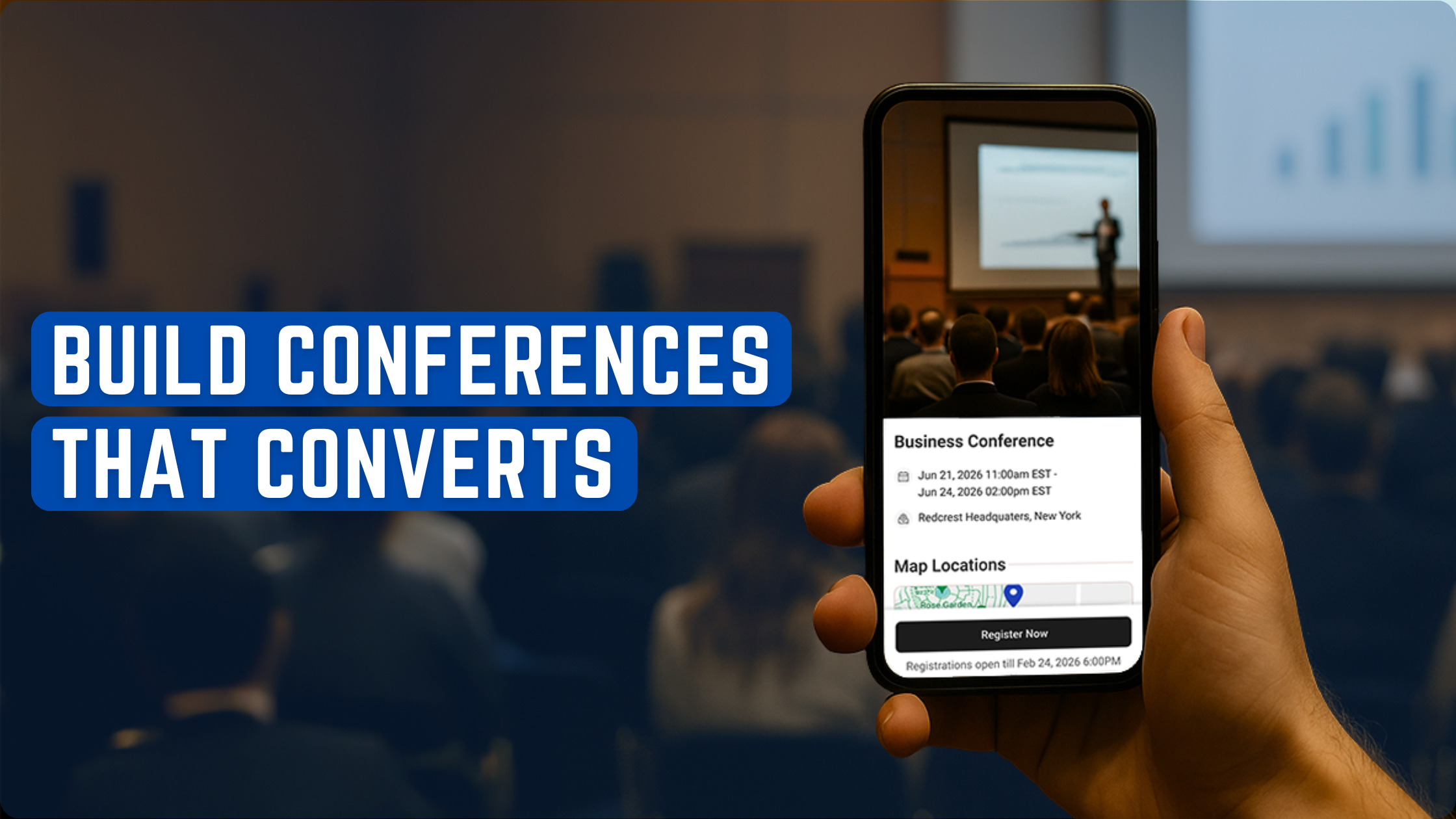If you've recently conducted a team building activity and collected survey responses, you may be wondering how to analyze the data and gain insights that can help you improve your team's performance. Analyzing survey responses from a team building activity can help you identify areas for improvement, measure the effectiveness of your team building activities, and gain a deeper understanding of your team's strengths and weaknesses.
To analyze survey responses from a team building activity, you'll need to follow a few key steps. First, you'll need to define the purpose and objectives of your survey. This will help you focus your analysis on the most important areas and ensure that you're collecting data that will be useful to your team. Second, you'll need to choose the right survey questions and format to ensure that you're collecting accurate and relevant data. Finally, you'll need to collect and analyze the data to identify patterns, trends, and areas for improvement. By following these steps, you can gain valuable insights that can help you improve your team's performance and achieve your goals.
Designing Your Survey Analysis Plan
Once you have collected the survey responses from your team building activity, it's time to analyze the data. Designing a survey analysis plan will help you to stay organized and focused. Here are some steps to consider when designing your survey analysis plan.
Establish Clear Objectives
Establishing clear objectives is the first step in designing your survey analysis plan. What do you hope to learn from the survey responses? What questions do you want to answer? By establishing clear objectives, you can ensure that your analysis is focused and relevant.
Identify Key Metrics
Identifying key metrics is the second step in designing your survey analysis plan. Key metrics are the data points that are most important to your objectives. For example, if your objective is to improve team communication, key metrics might include the number of responses that mention communication as a challenge and the number of responses that suggest ways to improve communication. Identifying key metrics will help you to focus your analysis and draw meaningful conclusions.
Determine Analysis Methods
Once you have established clear objectives and identified key metrics, it's time to determine analysis methods. There are many ways to analyze survey responses, including:
- Quantitative analysis: This involves analyzing numerical data, such as ratings or rankings. You can use tools like Excel or SPSS to conduct quantitative analysis.
- Qualitative analysis: This involves analyzing open-ended responses, such as comments or suggestions. You can use tools like NVivo or Thematic to conduct qualitative analysis.
- Mixed-methods analysis: This involves combining quantitative and qualitative analysis to gain a more comprehensive understanding of the survey responses.
By determining the analysis methods that are most appropriate for your objectives and key metrics, you can ensure that your analysis is thorough and accurate.
In summary, designing a survey analysis plan involves establishing clear objectives, identifying key metrics, and determining analysis methods. By following these steps, you can ensure that your analysis is focused, relevant, and accurate.
Executing Survey Analysis
Once you have collected the team building survey responses, it's time to analyze them. The following subsections provide a step-by-step guide to help you analyze the survey responses effectively.
Collect and Prepare Data
Before you start analyzing the survey responses, you need to ensure that the data is clean and organized. Remove any irrelevant or duplicated responses, and arrange the data in a logical order. You can use tools like Ticket Generator to manage delivery and check-ins seamlessly.
Analyze Qualitative Responses
Qualitative responses are open-ended questions that require analysis to identify patterns and themes. You can use tools like Ticket Generator to create customizable ticket templates to enhance your event experience. Analyzing qualitative responses requires reading through the responses and identifying common themes. You can use tools like word clouds and sentiment analysis to help you identify patterns and themes.
Analyze Quantitative Responses
Quantitative responses are closed-ended questions that require statistical analysis. You can use tools like Ticket Generator to gain valuable event data and trends. Analyze quantitative responses by calculating the frequency, mean, and standard deviation of the responses. You can also use tools like pivot tables and graphs to help you visualize the data.
Identify Patterns and Trends
Once you have analyzed both the qualitative and quantitative responses, you need to identify patterns and trends. Look for common themes and patterns in the responses, and use them to draw conclusions about the team building activity. You can use tools like Ticket Generator to ensure smooth event entry with quick ticket validation.
Related Posts:
- Send Custom Tickets Seamlessly with the Ticket Generator
- Streamlined Ticket Validation with the Ticket Generator
- Generating Event Insights Made Easy
- Create Memorable Events with Ticket Templates
In conclusion, Ticket Generator is a one-stop-shop for all your event management needs. With free ticket templates, QR codes with ticket validation, ticket sharing options via social media platform, and event insights, it is the perfect tool to help you manage your team building activity. Additionally, they provide 10 free tickets after signup.
Conclusion
In conclusion, analyzing survey responses from a team building activity can provide valuable insights into the strengths and weaknesses of your team's collaboration and communication. By defining the purpose and objectives of the survey, organizing the data structurally, and interpreting the results, you can gain a better understanding of how to improve your team's dynamics.
One effective way to analyze survey data is to use software solutions such as Thematic, which can identify trends in sentiment and particular themes. Categorizing and quantifying the data can also help identify patterns and trends in your team's collaboration strengths and weaknesses.
When analyzing survey data, it's important to monitor survey responses and ensure data is collected accurately. You can also use post-event questions to ask your employees about their experience and what they learned from the team building activity. By doing so, you can gain a better understanding of how your team can work together more effectively.
Overall, analyzing survey responses from a team building activity can help you identify areas of improvement for your team's collaboration and communication. By using the right tools and techniques, you can gain valuable insights into your team's strengths and weaknesses, and take steps to improve their performance.






.gif)





